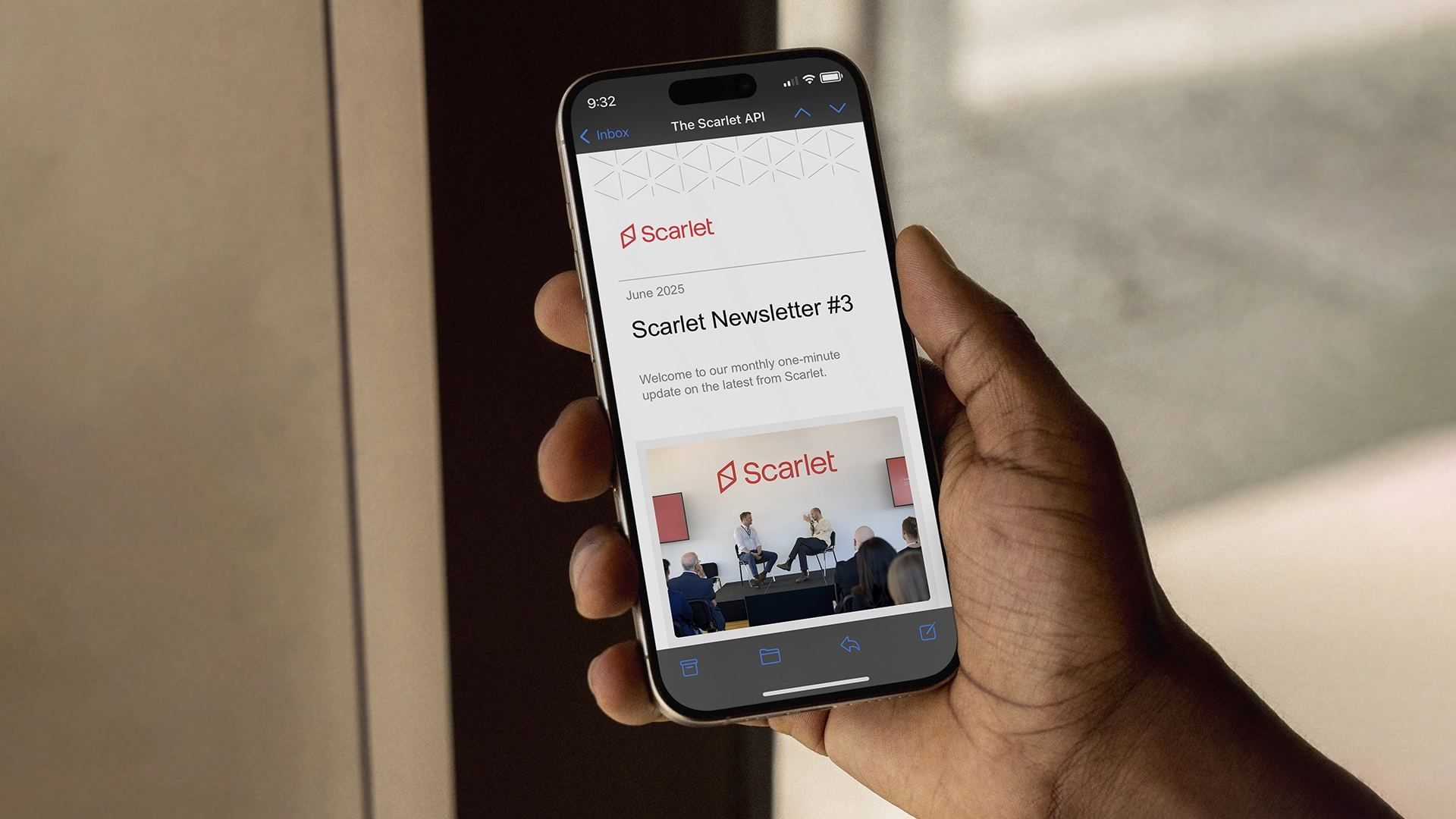Search
Latest
9 Dec, 2025

Want Scarlet news in your inbox?
Sign up to receive updates from Scarlet, including our newsletter containing blog posts, sent straight to you by email.

Sign up to receive updates from Scarlet, including our newsletter containing blog posts, sent straight to you by email.